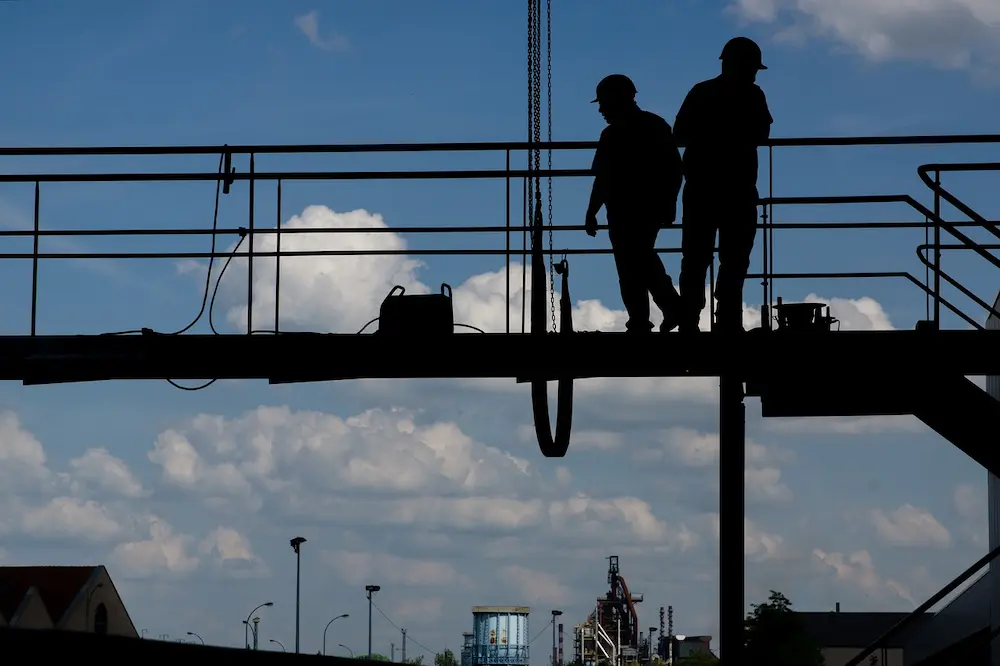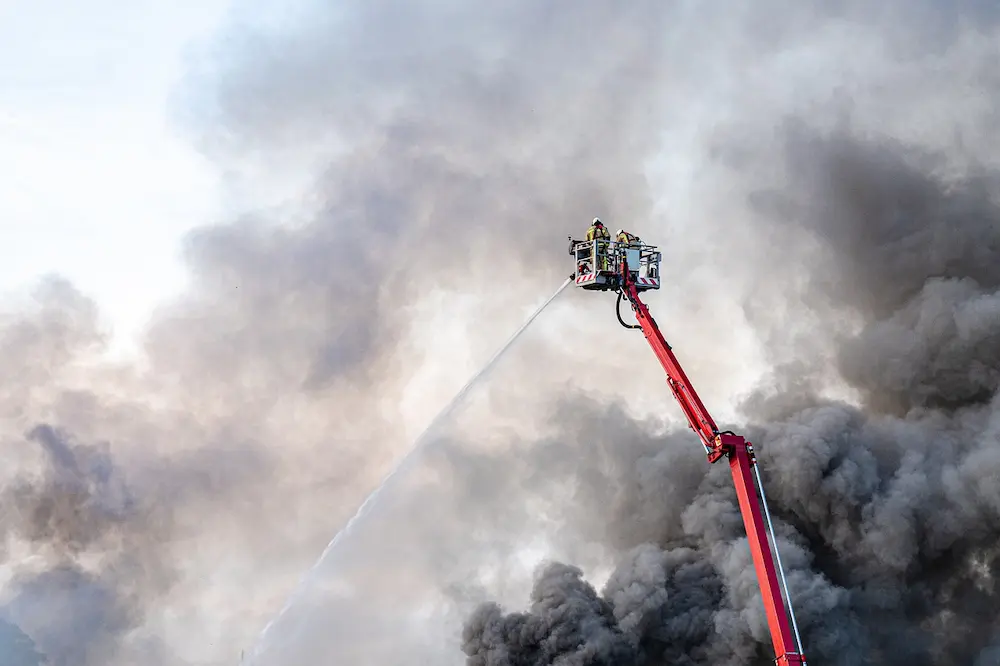Working at heights refers to any job that involves working at or near a place where there is a risk of falling. Safety must be the first concern at all times, regardless of how often or seldom your employees are required to operate at heights. A common job may quickly become a catastrophic event with just one slip, so your company must have a thorough strategy to prevent falls. If you work at heights, here are some things you and your workers should do to be safe.
Conduct Risk Assessment
It is essential to do a comprehensive risk assessment to discover all possible dangers. Any company with more than five workers is expected to do a risk assessment once a year and document any noteworthy results. All potential dangers encountered by various employee roles should be included in risk assessment. For instance, a surveyor may use a precarious ladder to examine roofing, or construction workers can do their job on a precarious roof that might collapse at any moment. To make sure everything is safe, write down everything your employees do in a normal week and think about the dangers they encounter while doing it. Where possible, those carrying out the work should be given the chance to review the risk assessment, inquire about anything they don’t understand, voice any worries they may have, and even propose dangers that have been overlooked.
Implement Working at Height Training
Employees need adequate training on working at height to ensure their safety. End of story. Aside from the legal need, there is just too much possibility for uncertainty and mistakes for someone attempting to safeguard himself at height without having the appropriate knowledge. Make sure that all employees have passed the appropriate training about working safely at heights before using powered access equipment or mobile access towers, for instance. Even if the equipment doesn’t specifically require it, workers should still undergo training on the safe use of ladders and other ways of working at heights. Always provide your staff with the safety information they need to do their jobs well.
Use Proper PPE
A Personal Fall Arrest System (PFAS) must be used by every person whose job duties include working at heights. Employers must provide them to the extent that workers need specialized tools for their jobs. There is a difference between PFAS. One system’s price tag might be significantly different from another. Beyond the brand name, the price may go up for other reasons. Some PFAS use superior materials to make them last longer, withstand greater weight, and shield against additional dangers like fire and lightning. Additionally, the technique for preventing a fall might vary between systems. To stay safe on the job, it’s important to know what kinds of hazards are present and to always do your research to find the right PFAS to protect against those hazards. This could mean using fireproof material, an arc-safe design, or additional D-rings. You should always get the greatest PFAS for your work, no matter how much it costs, and you should never, ever cut corners on fall-protective equipment.
Use Ladders Properly
We take ladders for granted, yet that’s exactly why they cause so many accidents in the workplace and industrial areas. Ask yourself whether a ladder is really necessary for the specific task before using it. After that, make sure that your staff is educated on ladder use – training your personnel is essential, even for a small stepladder. For fixed ladders that are more than 24 feet in height, a ladder safety system, consisting of a lanyard, a harness, and a continuous vertical lifeline (cable or rigid rail) that crosses the height of the ladders is required. Taking care of even the smallest details may make your workplace safer.
Choose the Right Fall Protection System
When working at a height is unavoidable, it is important to take measures to reduce the danger of falling, such as using a fall protection system: fall prevention, fall restraint, or fall arrest systems. According to many opinions, a fall prevention system is the best option. It offers a high degree of protection without necessitating specialized training or the usage of PPE for employees. Roof walkways, guardrails, scaffolding, work platforms, and protection for skylights are all examples of this system. When there are limitations on the job site that make a fall prevention system impractical, a fall restraint system might be used as an alternative. Workers are prevented from physically reaching a fall danger by using a full-body harness and lanyard.
In cases when none of these options is viable, a fall arrest system can be required. While this system won’t prohibit a fall from happening, it will halt the worker mid-fall, reducing the impact and the likelihood of catastrophic damage or death. Industrial safety nets, catch platforms, and individual harness and lanyard systems fastened to anchors are just a few examples. It is important to note that this system is the riskiest among these three: no matter how well the system is designed, there is always a chance of serious injury.

Inspect Equipment
It is important to always check equipment before using it, regardless of its kind or how recently it was used. You may avoid equipment failure at the most inconvenient moment by making it a habit to inspect it for flaws, weaknesses, or problems before each usage. This also applies to other products, such as harnesses and PPE.
Create Emergency Procedures
There are too many factors to consider, including the potential for human mistakes, for any height safety method to provide a 100% guarantee of a person’s safety. A person might still end up hurt and with damaged health even if the fall arrest mechanism stops them from falling. Slips and falls, other equipment mishaps, medical crises like heart attacks, and other similar incidents are also possible. Having thorough accident and rescue plans for workers at height and making sure that personnel are acquainted with them may help prepare for such circumstances. That way, in the event of an emergency, all the required tools and protocols will be on hand. Even while we hope that rescue plans and equipment are never required, it is important to be prepared in case an accident does occur.
A large number of workplace accidents and injuries occur as a result of workers failing to take necessary safety measures when working at heights. That is why you need to write down all of your company’s work-at-height tasks, evaluate the risks associated with each one, and remember to adhere to these safety guidelines whenever you or your employees are required to work at a height.








